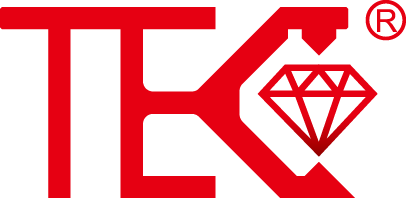How does anti-corrosion coating technology work in magnetostrictive level gauges?
Understanding Magnetostrictive Level Gauges
Magnetostrictive level gauges represent precision instruments designed for accurate liquid level measurement across various industrial applications. These sophisticated devices operate using magnetostriction principles, where a magnetic field interacts with a waveguide to determine precise liquid levels. The technology's reliability stems from its ability to provide continuous, high-accuracy measurements without mechanical components. Industries ranging from chemical processing to oil and gas rely on these gauges for critical process control. The fundamental mechanism involves a current pulse generating a magnetic field that travels along the waveguide, interacting with a float magnet to calculate liquid levels with exceptional precision.
The Critical Need for Corrosion Protection
Industrial environments present numerous challenges for measurement equipment, particularly corrosion from aggressive chemicals, moisture, and extreme temperatures. Corrosion can compromise measurement accuracy, damage internal components, and significantly reduce equipment lifespan. Magnetostrictive level gauges frequently operate in harsh conditions where exposure to corrosive substances is inevitable. Without proper protection, these precision instruments would suffer rapid degradation, leading to measurement inaccuracies and frequent replacements. The implementation of advanced anti-corrosion coatings becomes essential for maintaining operational integrity and ensuring long-term reliability in demanding industrial settings.
Anti-Corrosion Coating Technologies Explained
Modern anti-corrosion coatings for magnetostrictive level gauges employ sophisticated materials science to create robust protective barriers. These coatings typically consist of multiple layers, each serving specific protective functions. Common coating materials include epoxy resins, fluoropolymers, and specialized ceramic composites that demonstrate exceptional resistance to chemical attack. The coating formulation considers factors such as thermal expansion matching, adhesion strength, and chemical compatibility with measured media. Advanced coating technologies may incorporate self-healing properties or nano-scale protective layers that actively prevent corrosion initiation and propagation, ensuring comprehensive protection for the gauge components.
Application Methods and Coating Processes
The application of anti-corrosion coatings involves precise, controlled processes to ensure uniform coverage and optimal performance. Manufacturers employ various techniques including electrostatic spraying, dip coating, and fluidized bed processes depending on the coating material and gauge design. Each method requires strict quality control measures to guarantee consistent coating thickness and complete coverage of all vulnerable surfaces. The process typically involves surface preparation through cleaning and etching, followed by primer application, main coating deposition, and final curing stages. These meticulous procedures ensure the coating forms a continuous, defect-free barrier that effectively isolates the gauge components from corrosive environments.
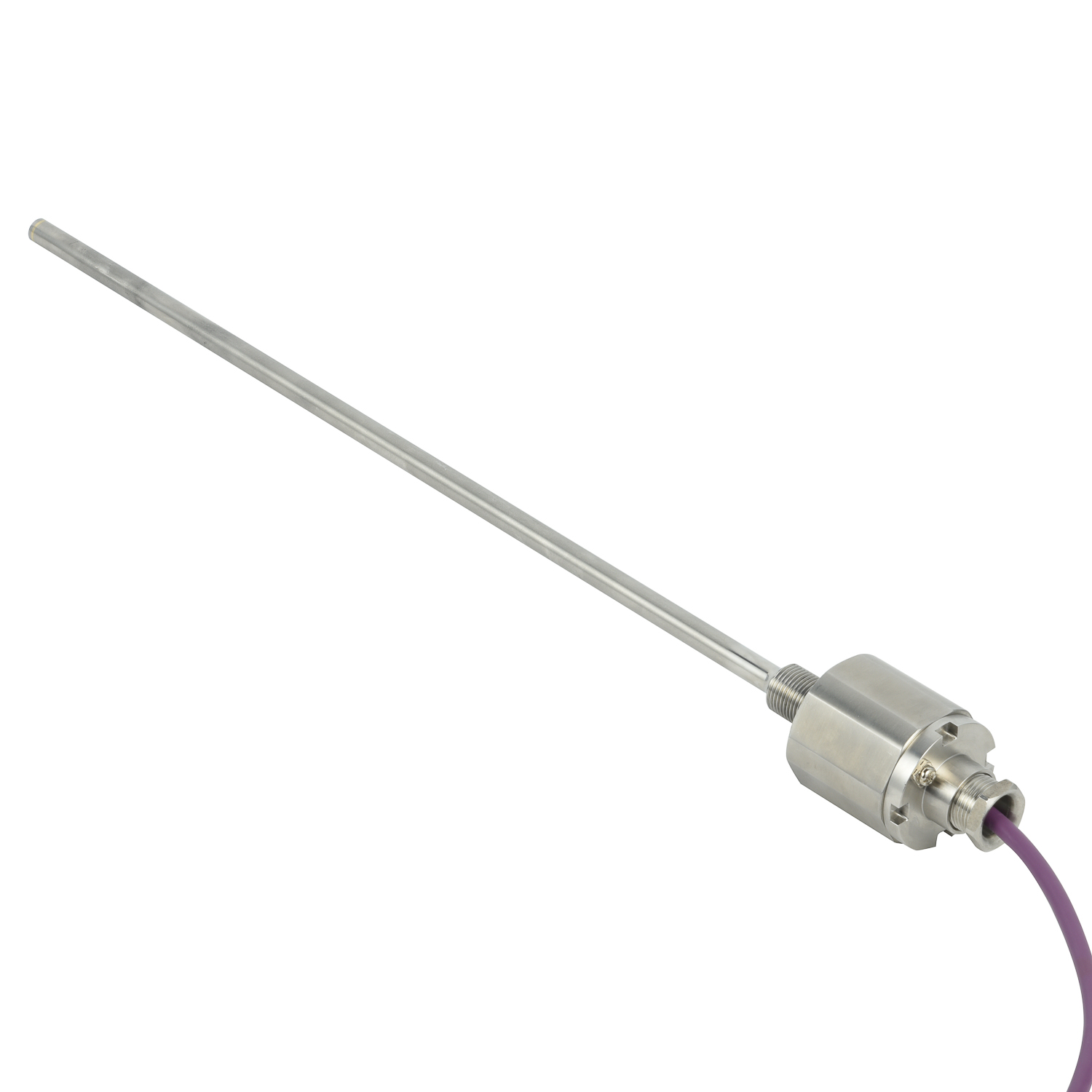
Performance Benefits and Operational Advantages
The integration of anti-corrosion coatings delivers significant performance enhancements for magnetostrictive level gauges. Protected gauges demonstrate extended service life, reduced maintenance requirements, and consistent measurement accuracy in corrosive environments. The coatings prevent chemical attack on critical components, maintaining the structural integrity of the waveguide and electronic systems. This protection translates to improved reliability, reduced downtime, and lower total cost of ownership. Additionally, coated gauges can operate in a wider range of industrial applications, including those involving aggressive chemicals, high humidity, and extreme temperature variations, while maintaining their measurement precision and operational stability.
Industry Applications and Implementation Scenarios
Anti-corrosion coated magnetostrictive level gauges find extensive applications across multiple industrial sectors. In chemical processing plants, they reliably measure corrosive liquids and solvents without degradation. The oil and gas industry utilizes these protected gauges for tank level monitoring where exposure to saltwater, hydrocarbons, and drilling chemicals is common. Water treatment facilities employ coated gauges for measuring chlorinated water and chemical additives. Pharmaceutical manufacturers benefit from their resistance to cleaning agents and sterilizing solutions. Each application demonstrates how anti-corrosion coatings enable reliable level measurement in environments that would otherwise rapidly degrade unprotected instrumentation.
Maintenance Considerations and Long-Term Performance
Proper maintenance ensures the continued effectiveness of anti-corrosion coatings throughout the gauge's operational life. Regular inspections should focus on identifying coating damage, wear patterns, and potential breach points. Cleaning procedures must use compatible chemicals that won't degrade the protective coating. When damage occurs, prompt repair using manufacturer-approved materials prevents corrosion initiation. Environmental monitoring helps anticipate conditions that might accelerate coating degradation. Following manufacturer guidelines for operating temperature ranges, chemical exposure limits, and mechanical protection maintains coating integrity. These maintenance practices, combined with the inherent protection of quality coatings, guarantee long-term reliable performance in challenging industrial environments.
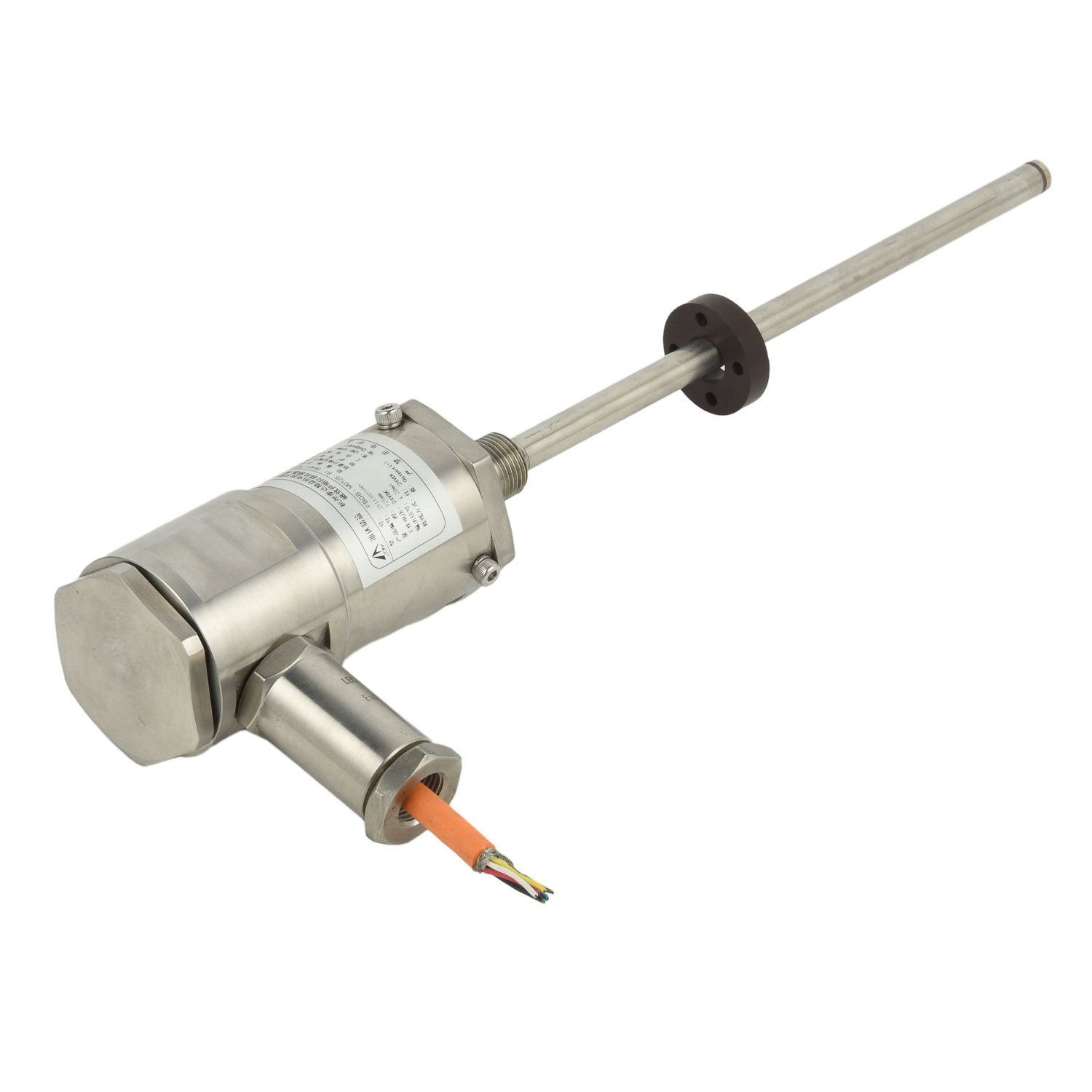 UpgradingYourLevelMeasurementS
UpgradingYourLevelMeasurementS
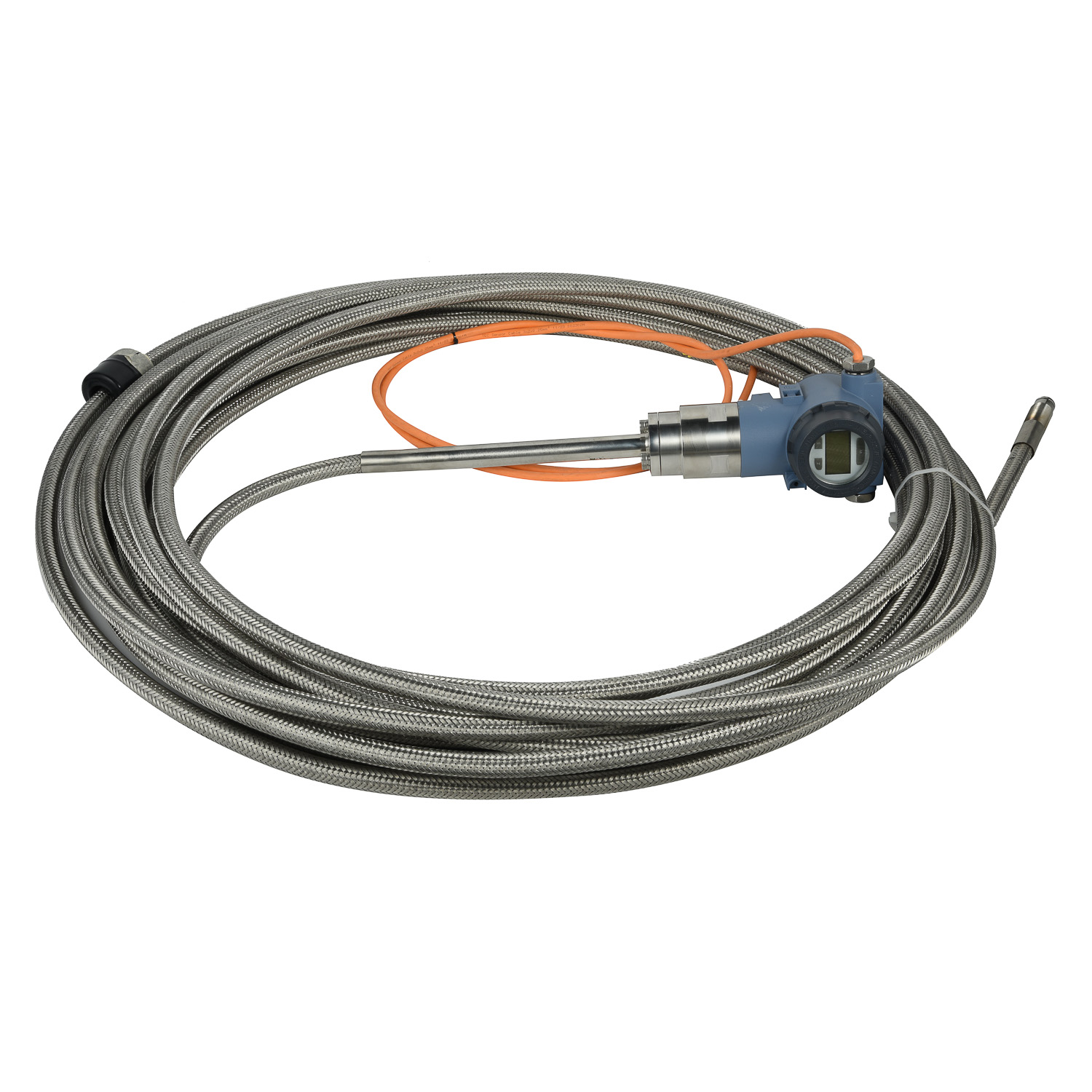 Why are magnetostrictive level
Why are magnetostrictive level
 ComparingMagnetostrictiveandRa
ComparingMagnetostrictiveandRa
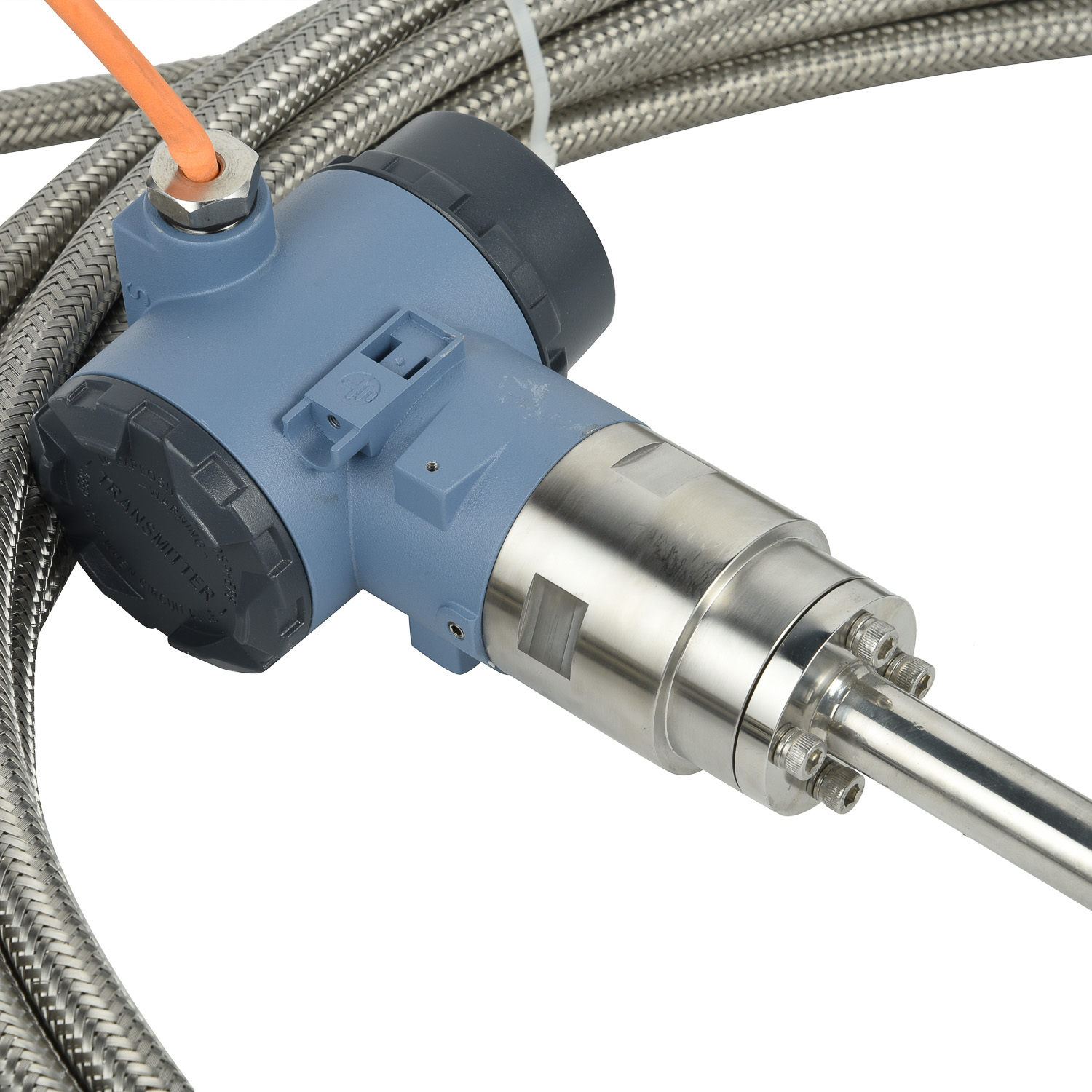 MagnetostrictiveLevelSensorfor
MagnetostrictiveLevelSensorfor
